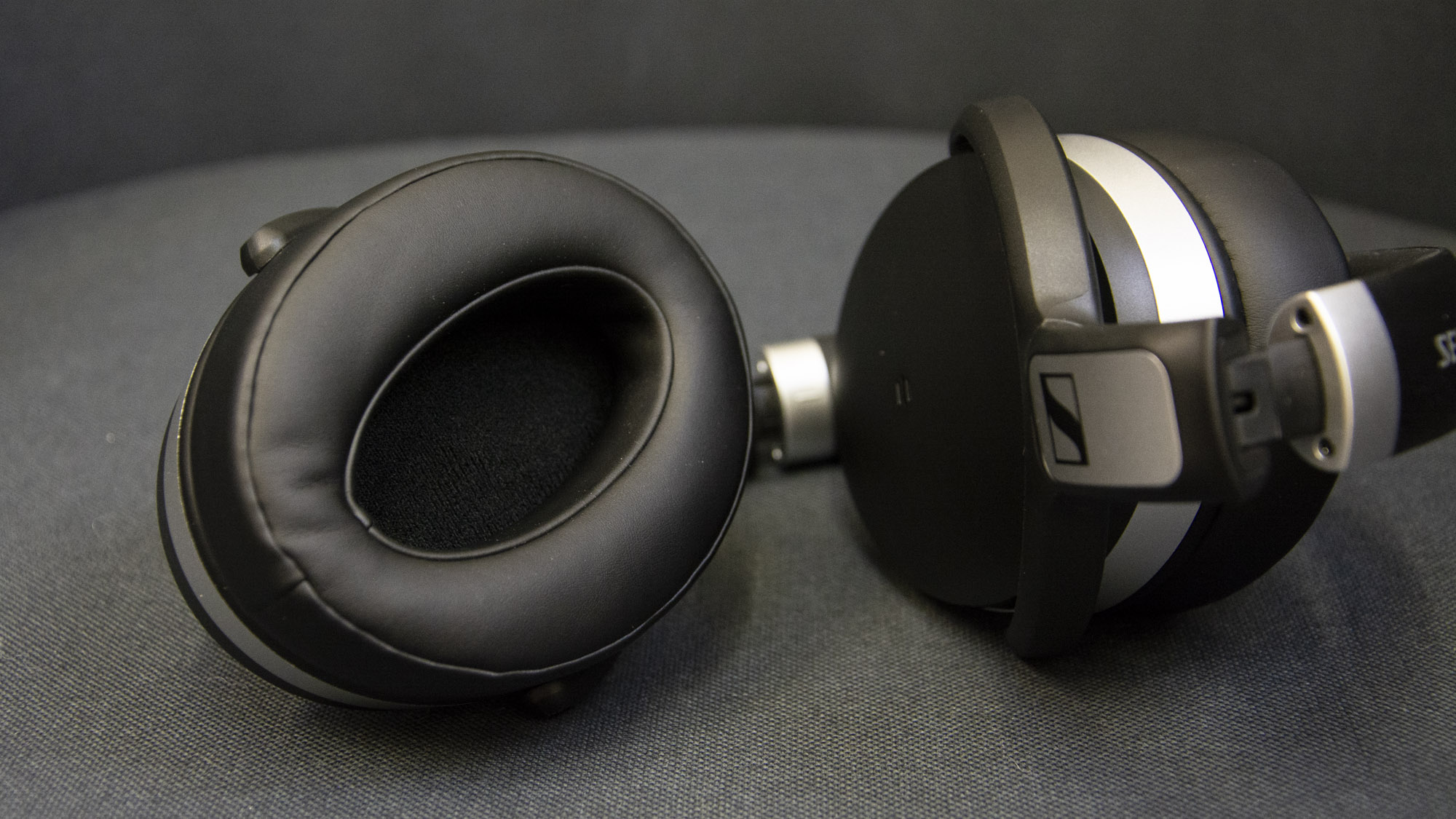
Unless you're a super speedy touch typist, using a keyboard to get your thoughts and ideas down is an inefficient and quaintly old-fashioned way of working. Google has spotted this problem and come to the rescue of all two-finger typists by adding a new kind of interface to its online word-processing tool, Google Docs. Now, at the push of a button, you can lean back in your chair and speak your documents aloud – the words will appear on screen as you say them. If you get something wrong or want to go back and make changes, you can even vocalise your edits – moving around the document, cutting and pasting text, and deleting and editing as you go.
In all fairness, it takes some getting used to and you'll probably want to go back to using a mouse and keyboard to skip through sections and make small changes. However, for the bulk of your writing, this could make a big difference to anyone who finds typing slow or difficult.
1. Open an existing document in Google Doc or start a new one by clicking the New button and selecting Google Docs. From the document's menu, choose Tools, then 'Voice typing'. A box with a microphone icon appears.
2. You'll be asked to let Google use your microphone. Click Allow. Talk into the microphone clearly and without rushing, and the words you say will appear in your document, as you say them. The microphone icon turns red while it's listening.
3. You can punctuate your work as you go. You can say "full stop" (or "period"), "comma", "exclamation point", "question mark", "new line" or "new paragraph". It can take a few moments for the sentence to be scanned and the words to be replaced by their equivalent symbols.
4. As you're typing, you can still use the mouse and the cursor keys to move around the document and make any corrections. Right-click underlined words to see suggested corrections or just type your corrections if you prefer.
5. If you'd prefer to leave your keyboard and mouse alone, there are spoken commands that will do the same job. To select text, you can say "select" followed by the word or phrase you want to select. You can say "select word", "select line", "select paragraph" and "select all".
Sign up today and you will receive a free copy of our Future Focus 2025 report - the leading guidance on AI, cybersecurity and other IT challenges as per 700+ senior executives
6. You can use these commands in conjunction with 'next', 'last' and a number (if necessary). So you could say "select last five lines". Once you've finished with your selected section of text, say "deselect", "unselect" or "select none" to release the cursor again.
7. Saying "move to" or "go to" moves the cursor around the document. You can use 'end of', 'start of', 'previous' and 'next', and link them with 'word', 'line', 'paragraph' and 'document'. So you can say "move to previous paragraph", "move up three paragraphs" or "go backward five words".
8. You can format your document in a number of ways. If you have the whole document selected ('select all') you can 'align' it ('centre', 'justified', 'left' or 'right'), and format sections with 'bold', 'italics' or 'underline'. You can even 'create bulleted list' and 'insert bullet'.
9. Once you've moved to and selected a section of the document you want to edit, you can use words such as 'copy', 'cut', 'paste' and 'delete'. You can also 'delete last word', which is useful if you've just made a mistake.
10. There are plenty of other things you can do to your document using your voice, from creating tables to inserting headers and footers. If you want to find out more, take a look at Google's 'Type with your voice' Help page.
Expert tip: For voice typing to work, it's a good idea to be in a quiet room and ensure that the microphone's input volume is turned up. To get the best results, you might want to try using an external microphone or headset. Speak slowly and clearly, and pause before and after you say a command. This can help the system differentiate commands from words that you want to appear in the text.